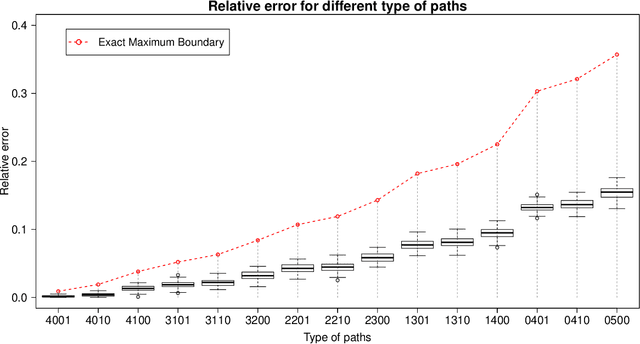The ratio of normalizing constants for Bayesian graphical Gaussian model selection
Paper and Code
Oct 12, 2018



Many graphical Gaussian selection methods in a Bayesian framework use the G-Wishart as the conjugate prior on the precision matrix. The Bayes factor to compare a model governed by a graph G and a model governed by the neighboring graph G-e, derived from G by deleting an edge e, is a function of the ratios of prior and posterior normalizing constants of the G-Wishart for G and G-e. While more recent methods avoid the computation of the posterior ratio, computing the ratio of prior normalizing constants, (2) below, has remained a computational stumbling block. In this paper, we propose an explicit analytic approximation to (2) which is equal to the ratio of two Gamma functions evaluated at (delta+d)/2 and (delta+d+1)/2 respectively, where delta is the shape parameter of the G-Wishart and d is the number of paths of length two between the endpoints of e. This approximation allows us to avoid Monte Carlo methods, is computationally inexpensive and is scalable to high-dimensional problems. We show that the ratio of the approximation to the true value is always between zero and one and so, one cannot incur wild errors. In the particular case where the paths between the endpoints of e are disjoint, we show that the approximation is very good. When the paths between these two endpoints are not disjoint we give a sufficient condition for the approximation to be good. Numerical results show that the ratio of the approximation to the true value of the prior ratio is always between .55 and 1 and very often close to 1. We compare the results obtained with a model search using our approximation and a search using the double Metropolis-Hastings algorithm to compute the prior ratio. The results are extremely close.
 Add to Chrome
Add to Chrome Add to Firefox
Add to Firefox Add to Edge
Add to Edge